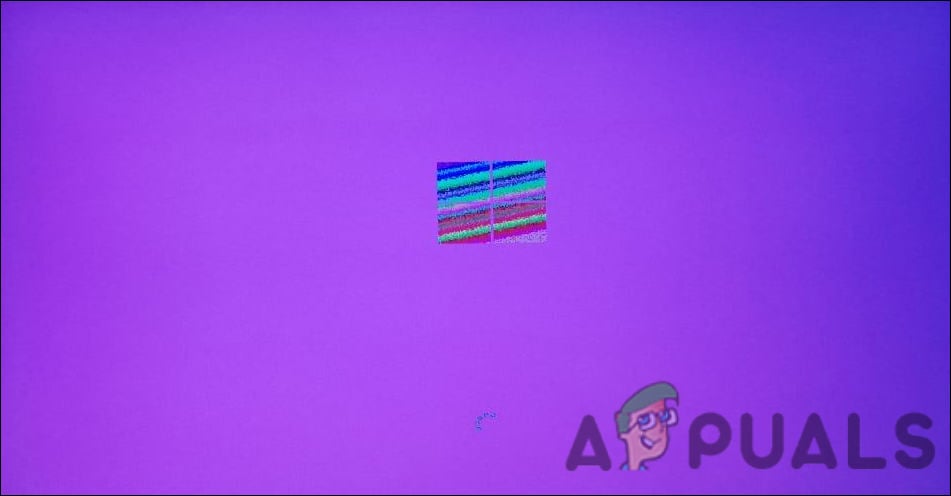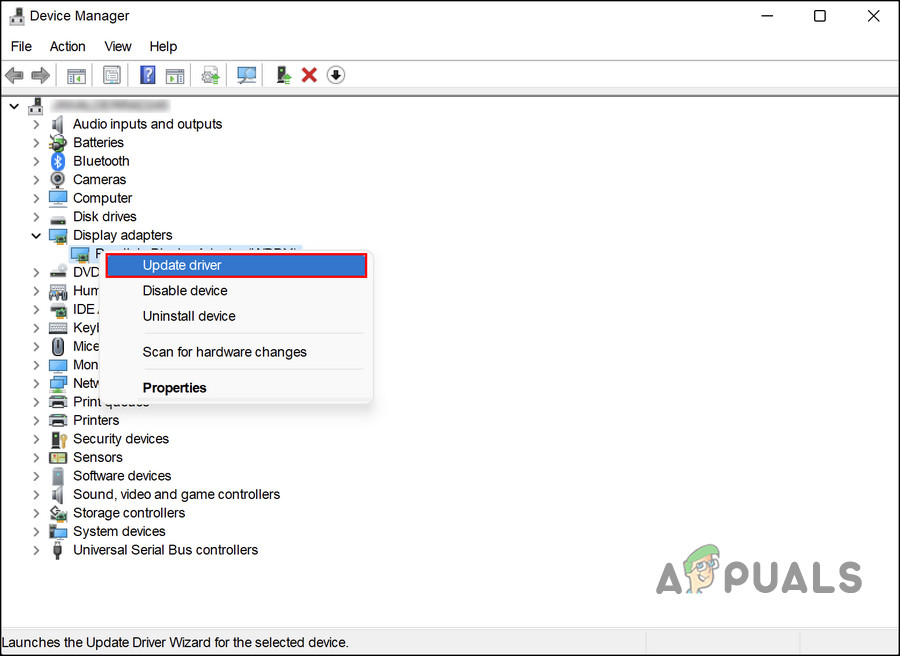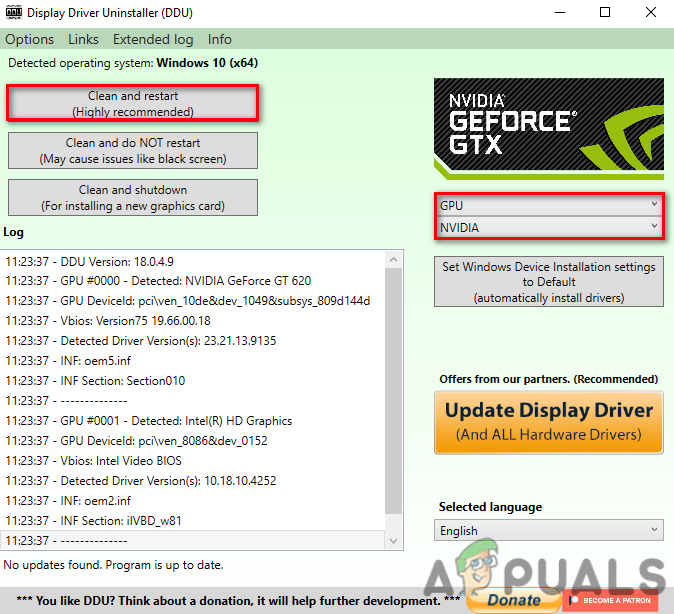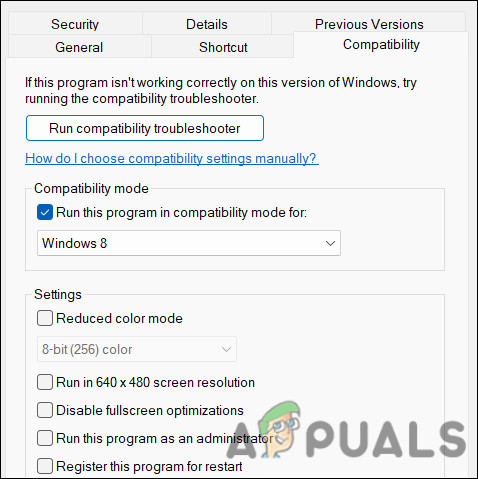How to Fix “Purple Screen of Death” on Windows?
System crashes are nothing new for Windows users. Typically, these crashes are accompanied by a blue or black screen of death, but that is not all. Windows also has a purple screen of death, which can be caused due to one or more of the following reasons:

- Hardware problem – any of the hardware devices connected to your computer may be corrupt or faulty, causing your system to act up.
- Outdated or corrupt driver – this issue is mainly related to the GPU drivers, which if corrupt or outdated can trigger the error. In that case, you can update or reinstall the drivers to fix the problem.
- Generic corruption error – The system can also be affected by a temporary bug or glitch, preventing it from working as it is supposed to.
- Overclocking software – if you are using overclocking software, then there is a good chance of it being the culprit as well. If this applies to you, you can disable the software and see if that makes any difference.
Now that we know about the potential causes behind the error, let’s have a look at the troubleshooting methods that can fix the problem once and for all.
1. Remove USB Peripherals
Ensure that your PC is not connected to any USB peripherals before you begin. If hardware devices that you are using (keyboard or mouse, for instance) are corrupt, you will run into issues while attempting to use the system.
Once you have removed all peripherals, wait for a few minutes to see if anything has changed. If not, move forward with the next method below.
2. Update the GPU Driver
As we mentioned earlier, the purple screen of death issue is typically related to the GPU driver installed on your system. Your graphic card driver may be corrupt or just outdated, leading to you seeing a purple screen on your computer.
The most efficient way of fixing problems with the GPU driver is by updating it. If that does not work, you can reinstall the driver.
This method is divided into two parts. In the first part, we will show you how to update the driver. In case that does not work, we will walk you through the steps of reinstalling the driver from scratch using a third-party tool.
For the first step, we highly recommend booting into Safe Mode before you proceed with the steps.
Once you are in the Safe Mode, here is all that you need to do:
- Type Device Manager in Windows searches and click Open.
- In the following window, expand the Display adapters section and right-click on your graphics driver.
- Choose Update driver from the context menu.

Click on the Update driver option - Then, click on Search automatically for drivers and follow the on-screen procedure to complete the process.
Once the driver is updated, check if the issue is resolved.
In case updating the driver didn’t fix the purple screen of death, try reinstalling them from scratch. Follow the steps below for that:
Here is what you need to do:
- Boot into Safe Mode as the first step.
- Once you are in the Safe Mode, install the Display Driver Uninstaller.
- Once the file has been downloaded, extract it.
- A 7-zip file should appear after extraction. Double-click on it.
- The file will extract again once you do that, and then you will have the uninstaller ready for use.
- Right-click on the uninstaller and choose Run as administrator from the context menu.
- Now, expand the dropdown for Select Graphics Driver and choose your driver.
- Click on Clear and Restart and wait for the process to complete.

Selecting GPU and Its Vendor - You will need to reinstall the driver after rebooting from the manufacturer’s website.
Hopefully, you will not face the purple screen after reinstalling the driver.
3. Disable Overclocking Software
It has been reported that users were able to resolve the purple screen of death by disabling GPU overclocking tools.
As a rule of thumb, you shouldn’t overclock your graphics card unless you are sure your hardware can handle it, as some overclocking software puts too much pressure on your hardware. If you are using overclocking software, we recommend you disable it and then check if the issue is fixed.
4. Run the App in Compatibility Mode
Microsoft’s compatibility mode allows older applications to run on newer versions of Windows. If you are facing the purple screen of error while using a particular application or game, then try running the program in compatibility mode.
Here is how you can do that:
- Right-click the app icon on the desktop.
- Choose Properties and head over to the Compatibility tab.
- Checkmark the box associated with the Run this program in compatibility mode for.

Run the app in compatibility mode - Then, expand the dropdown under it, and choose a Windows version.
- Click Apply > OK to proceed.
5. Perform a Clean Boot
It is possible to troubleshoot a number of issues with Windows by performing a clean boot. Clean boot disables most of the usual features and functions of the system, and only loads the essential drivers.
System administrators do this in order to diagnose and identify problems within the components of the system.
If none of the methods mentioned above are working for you and you are still encountering the purple screen of death, we recommend performing a clean boot. This will assist you in identifying the deep-rooted problems in the system.
Once you are in the Clean Boot state, check if the error appears again. If not, then there is a chance that one of the third-party apps installed on the system is the culprit. If this scenario applies to you, then proceed with uninstalling any programs that you may have recently installed. In case any of these programs was the culprit, you will be able to resolve the issue successfully.
Once you resolve the problem, restart your system to boot into Windows normally.





